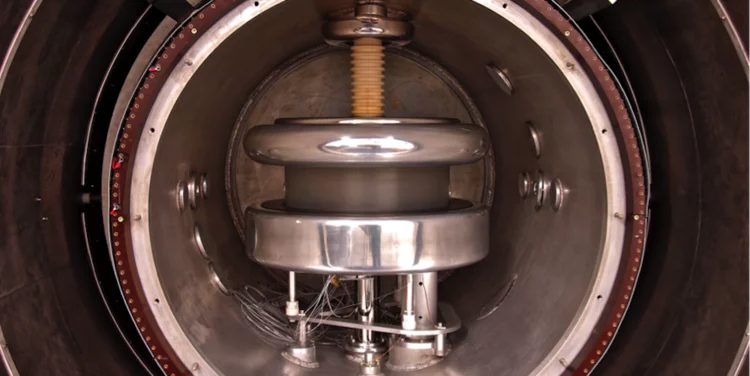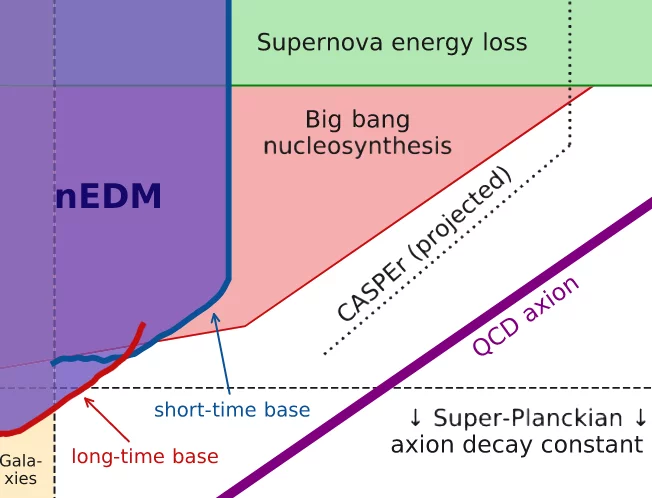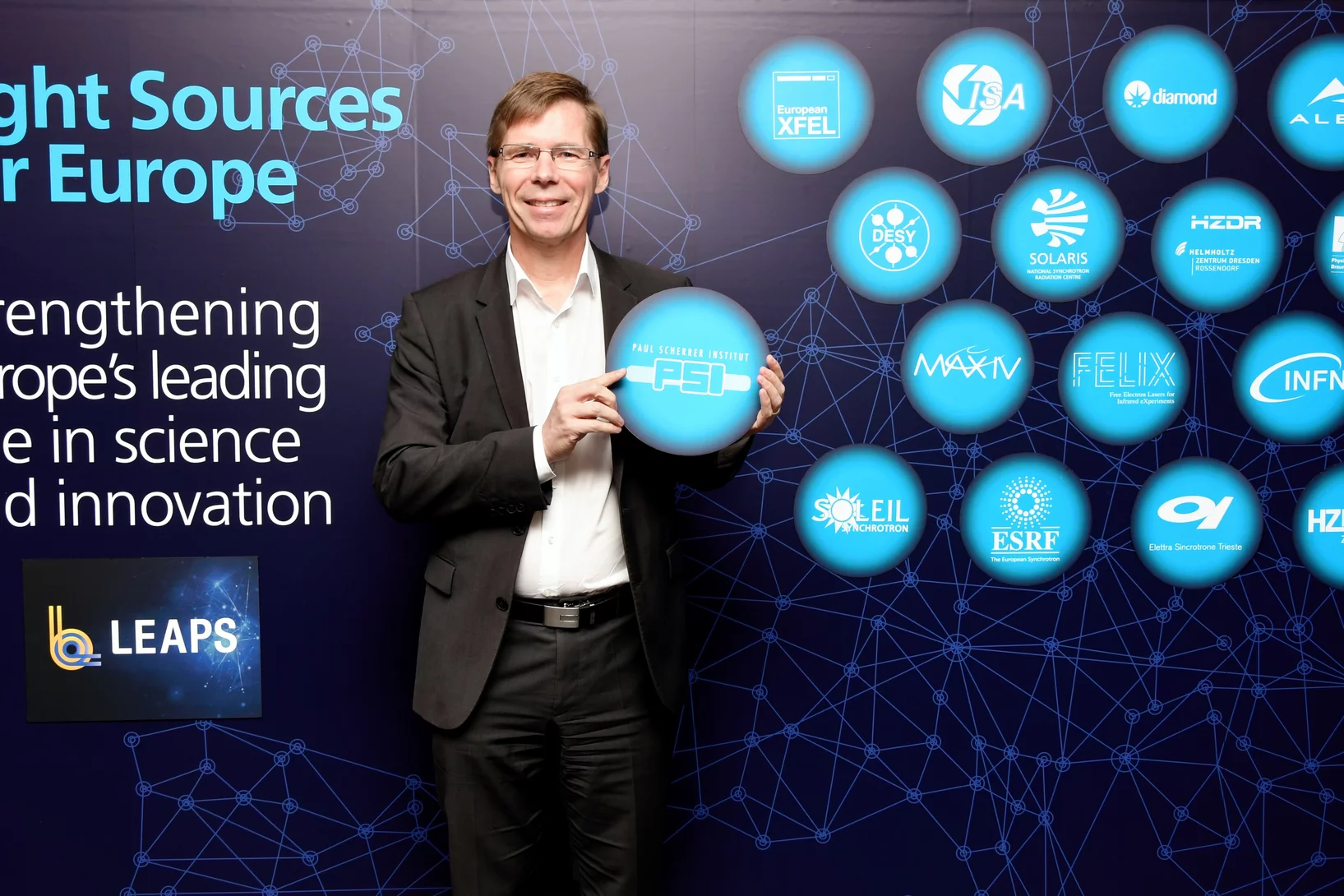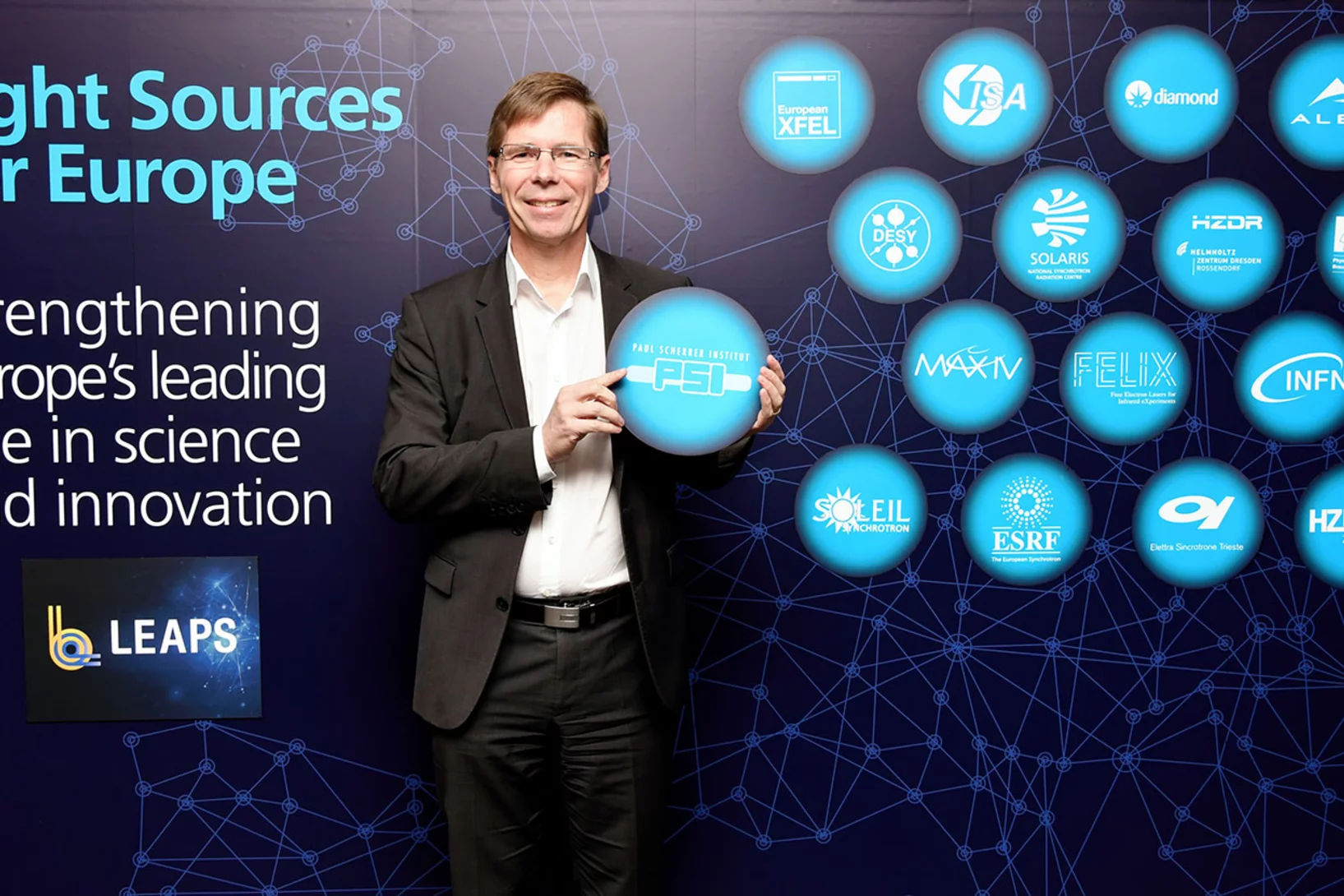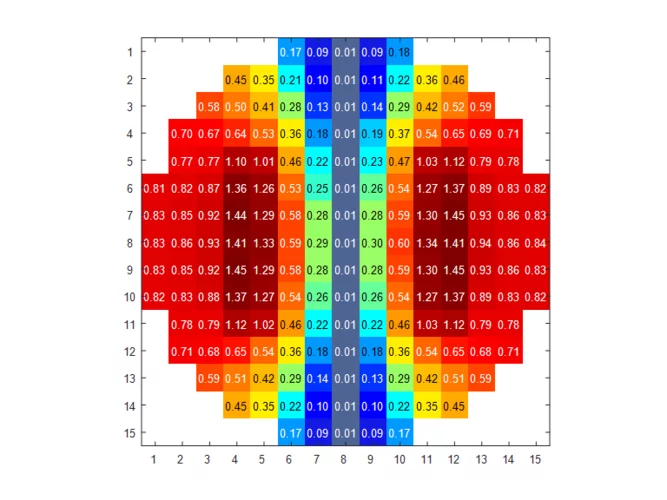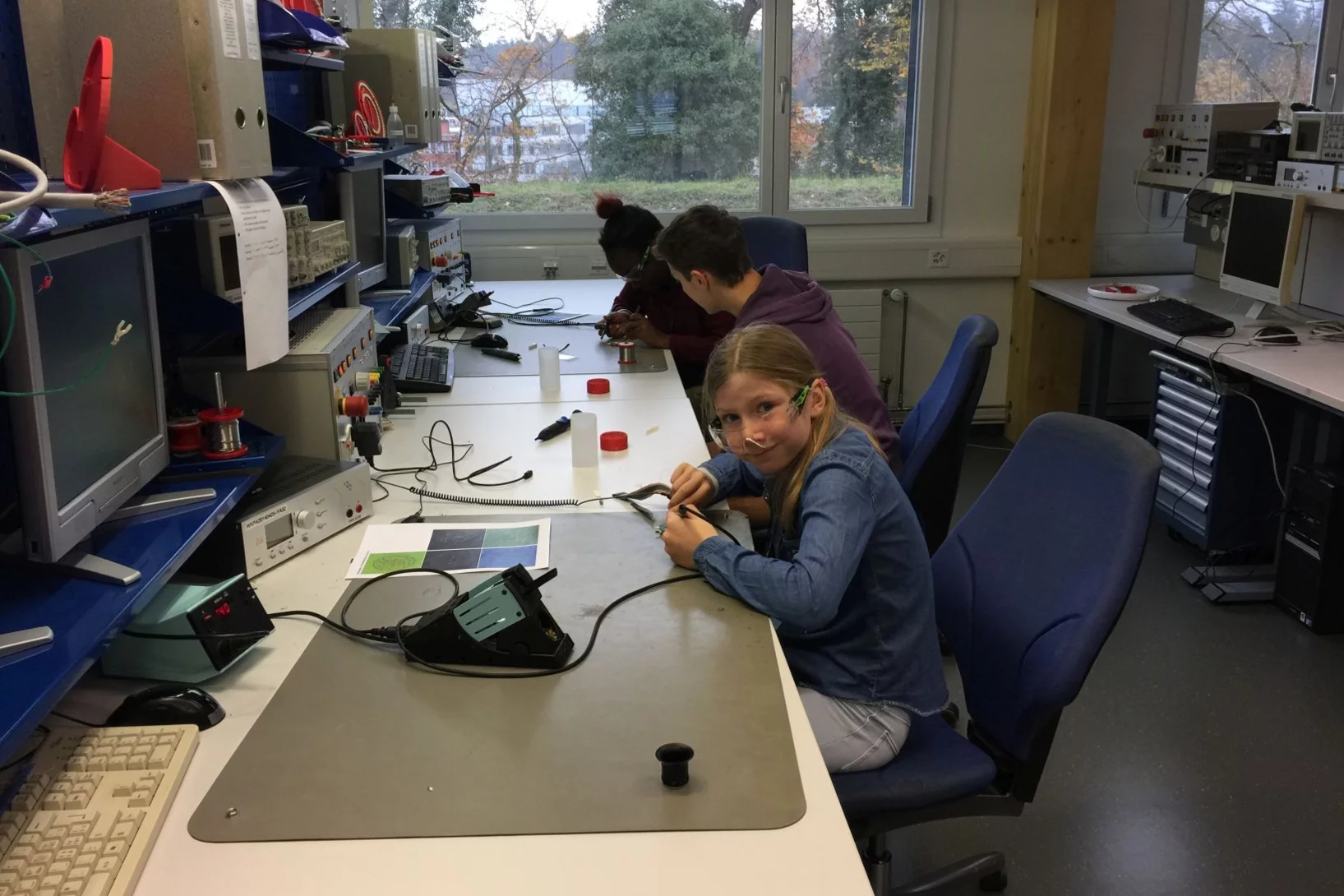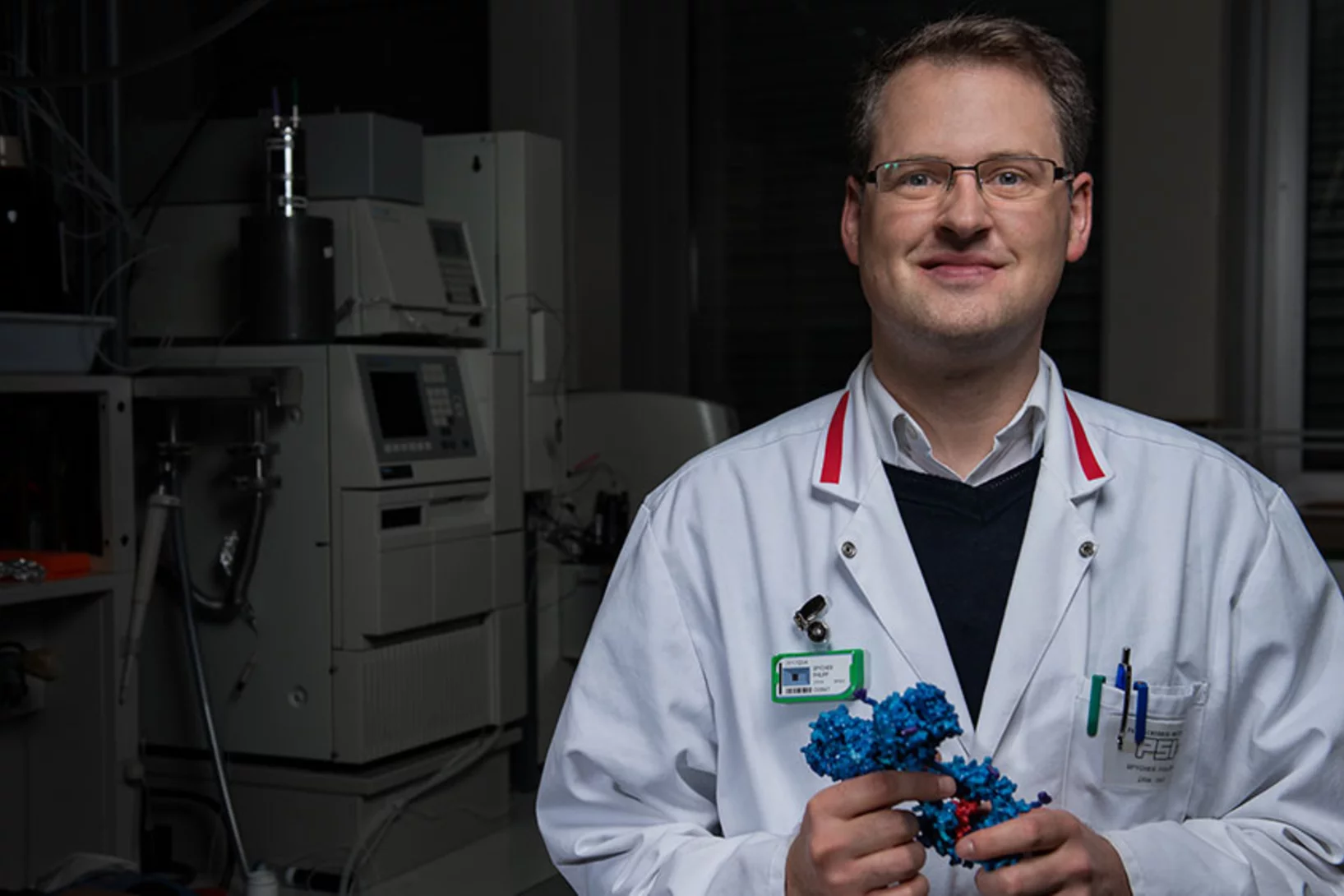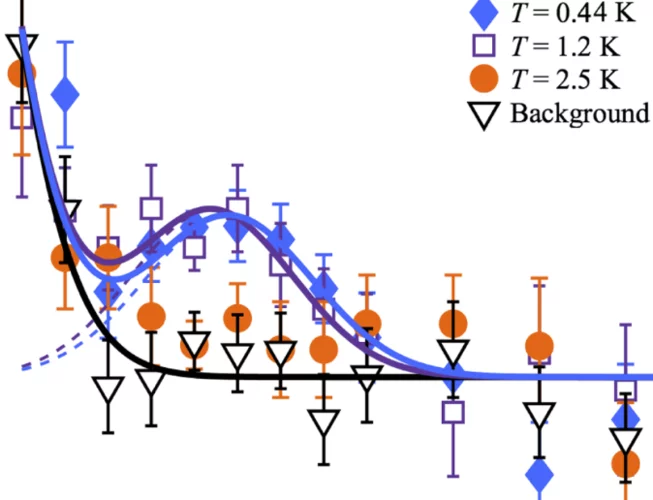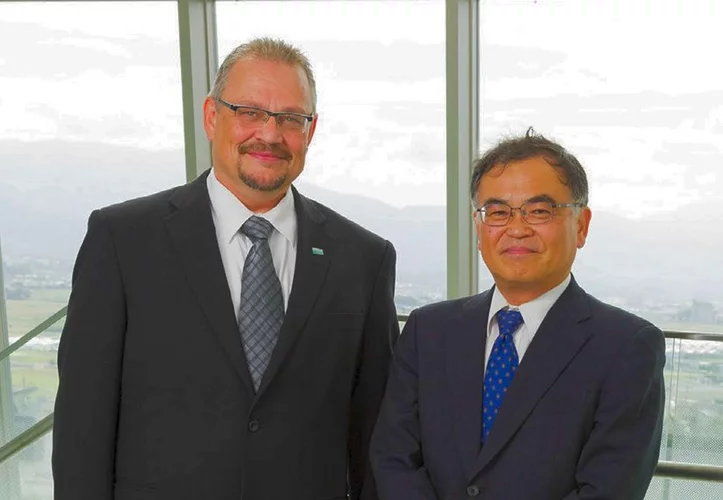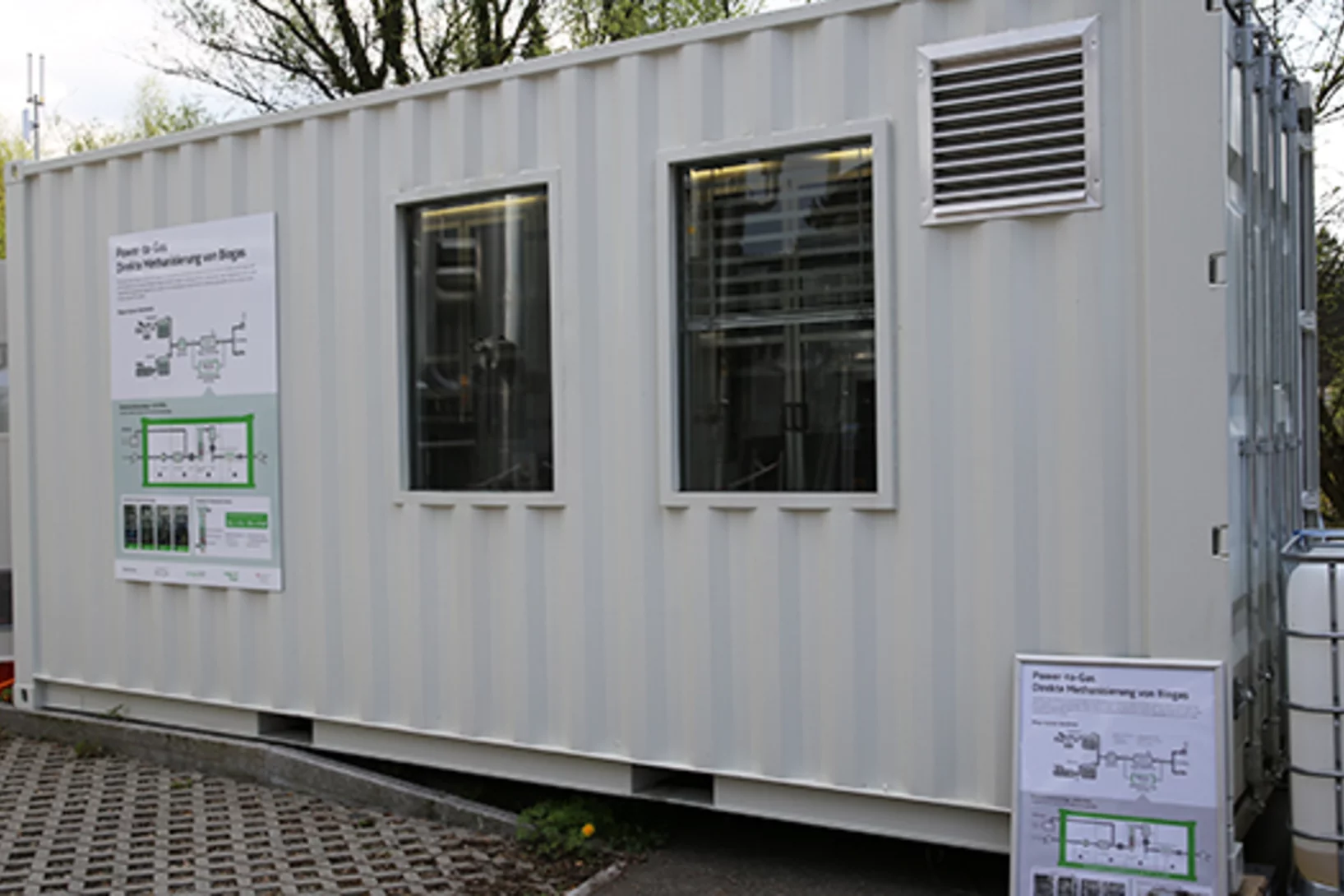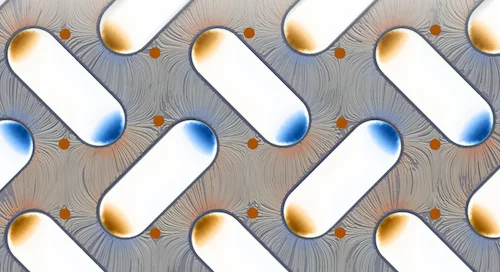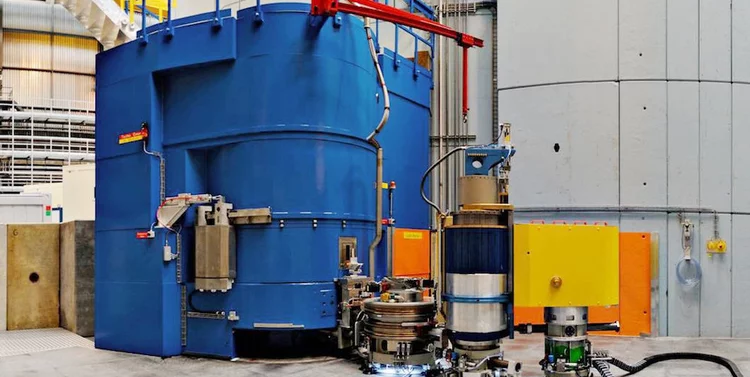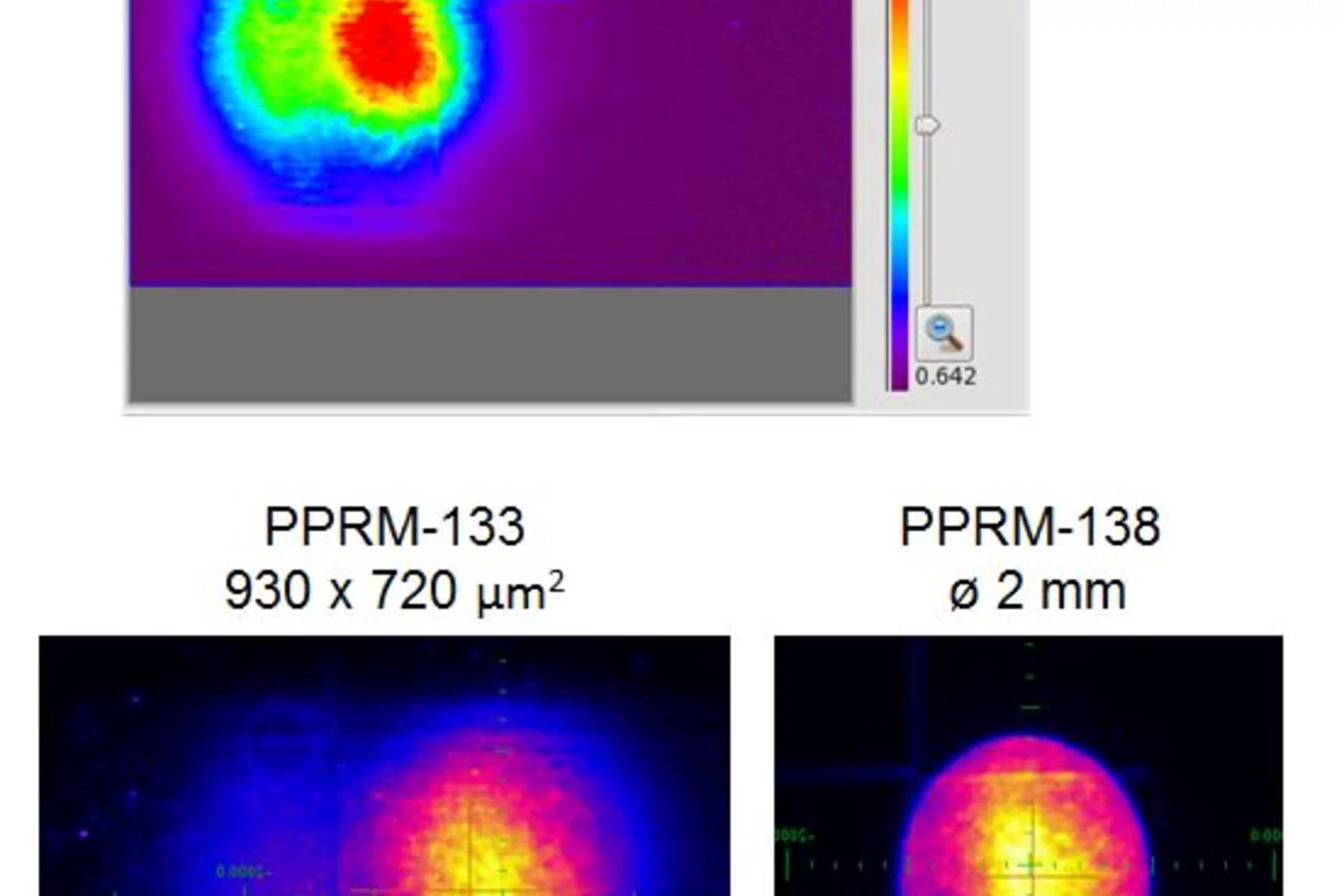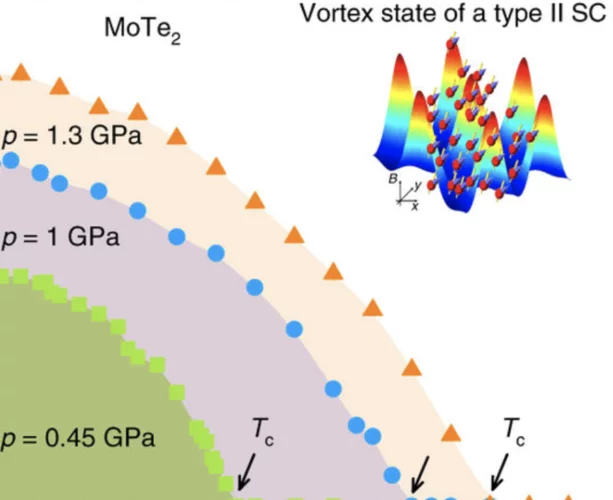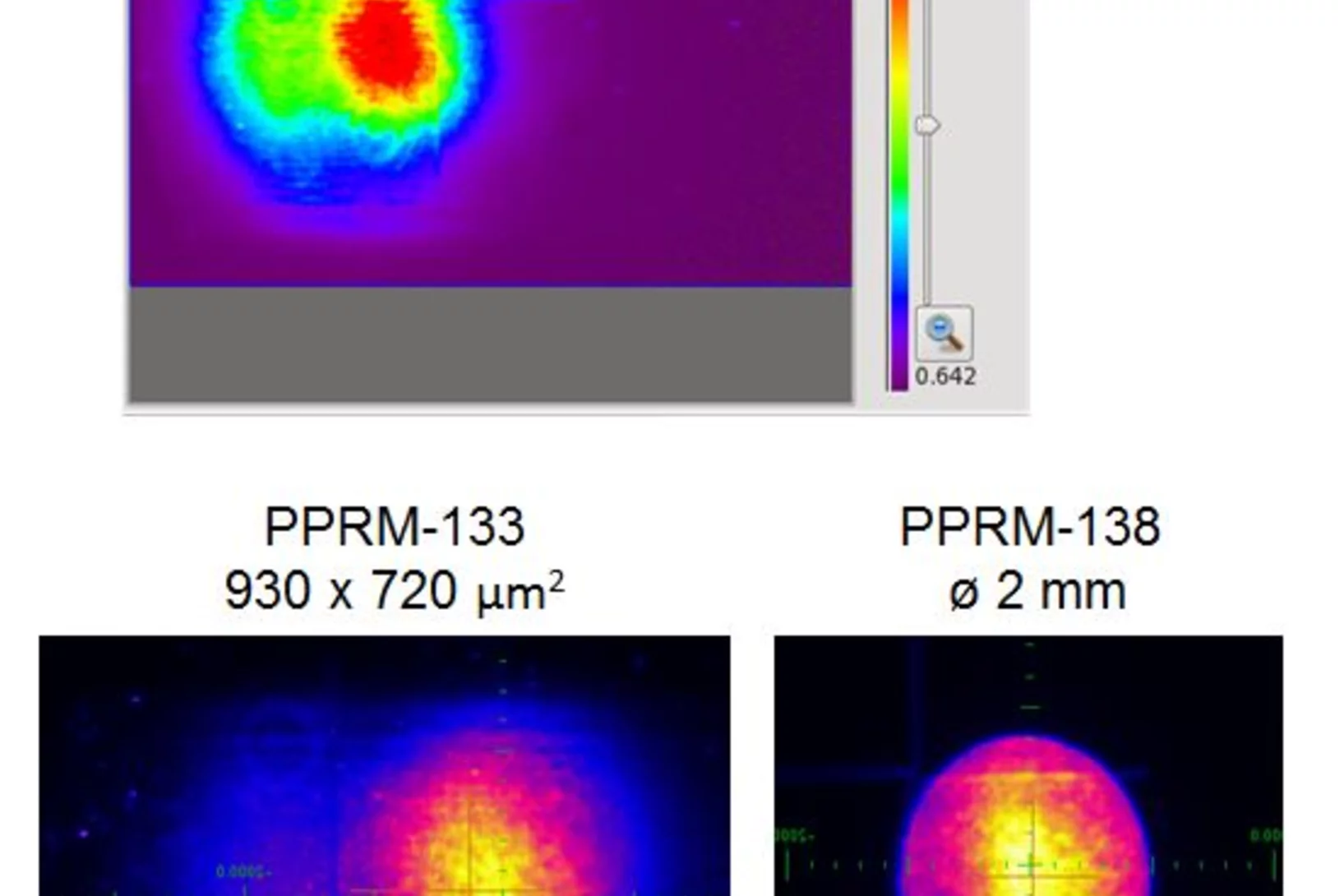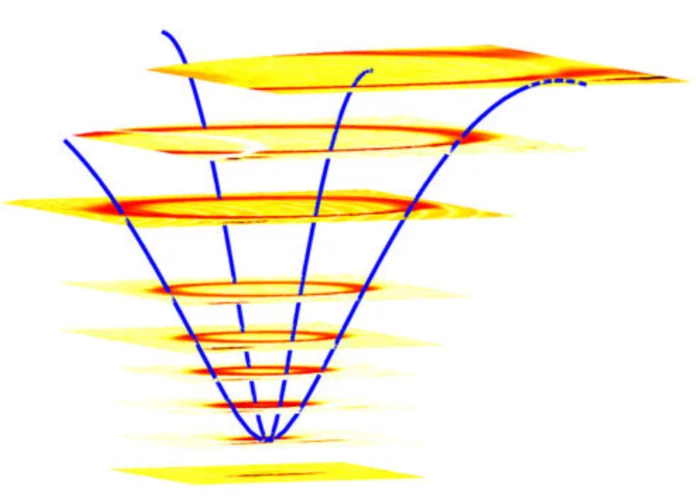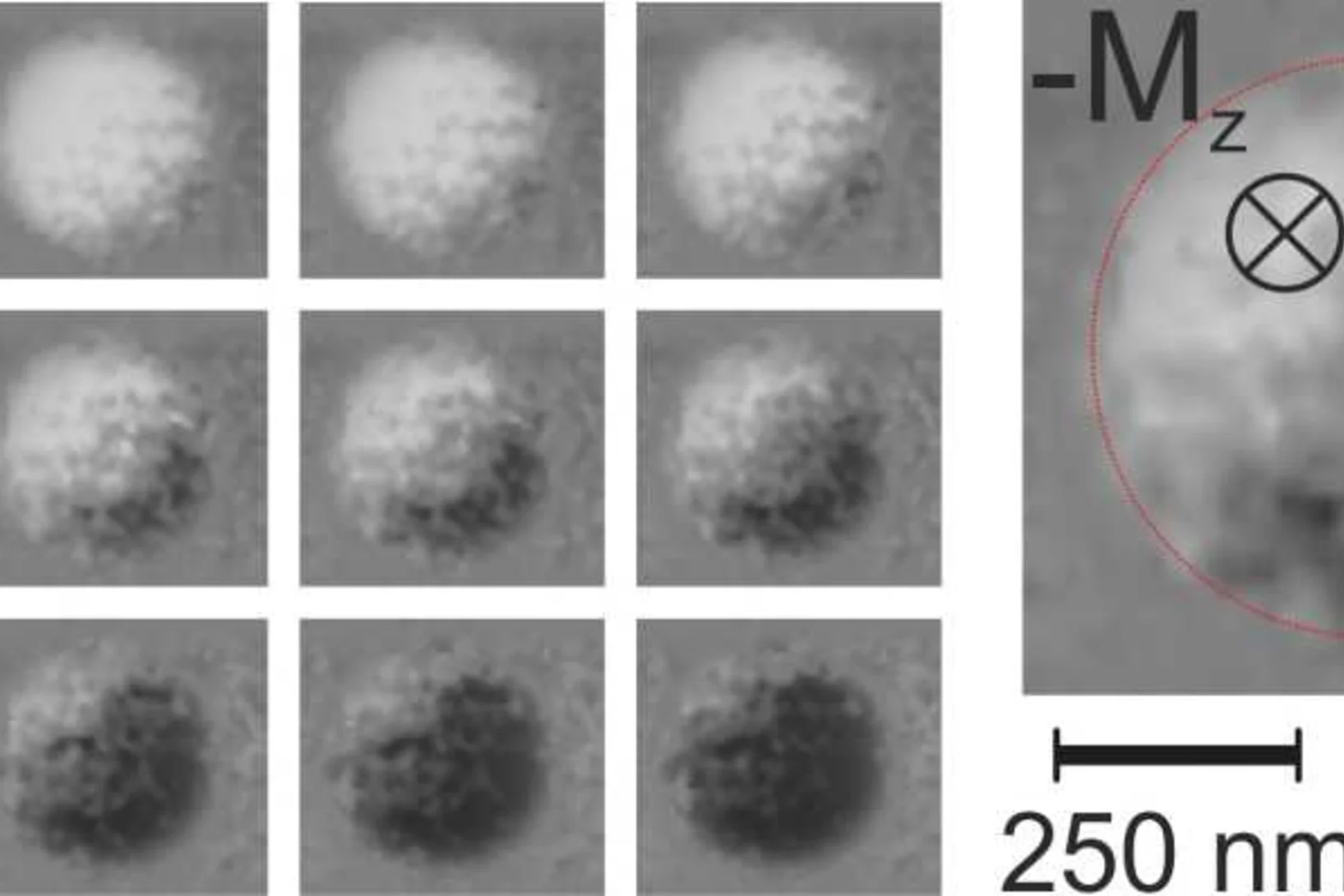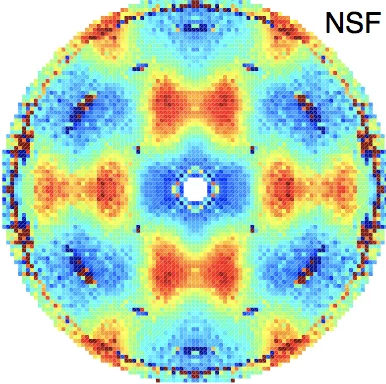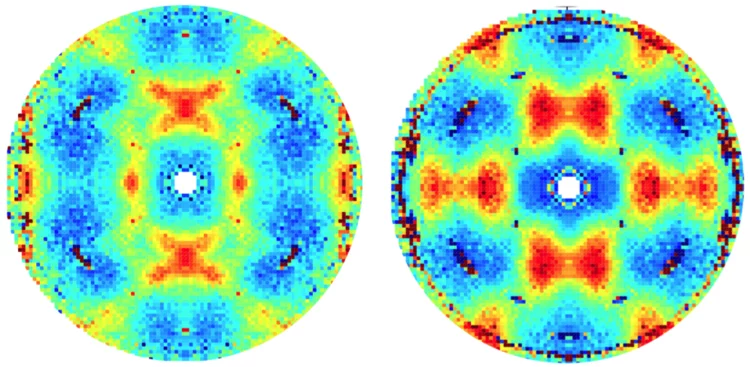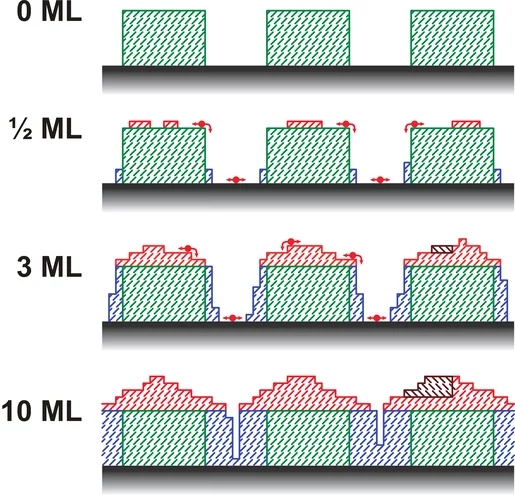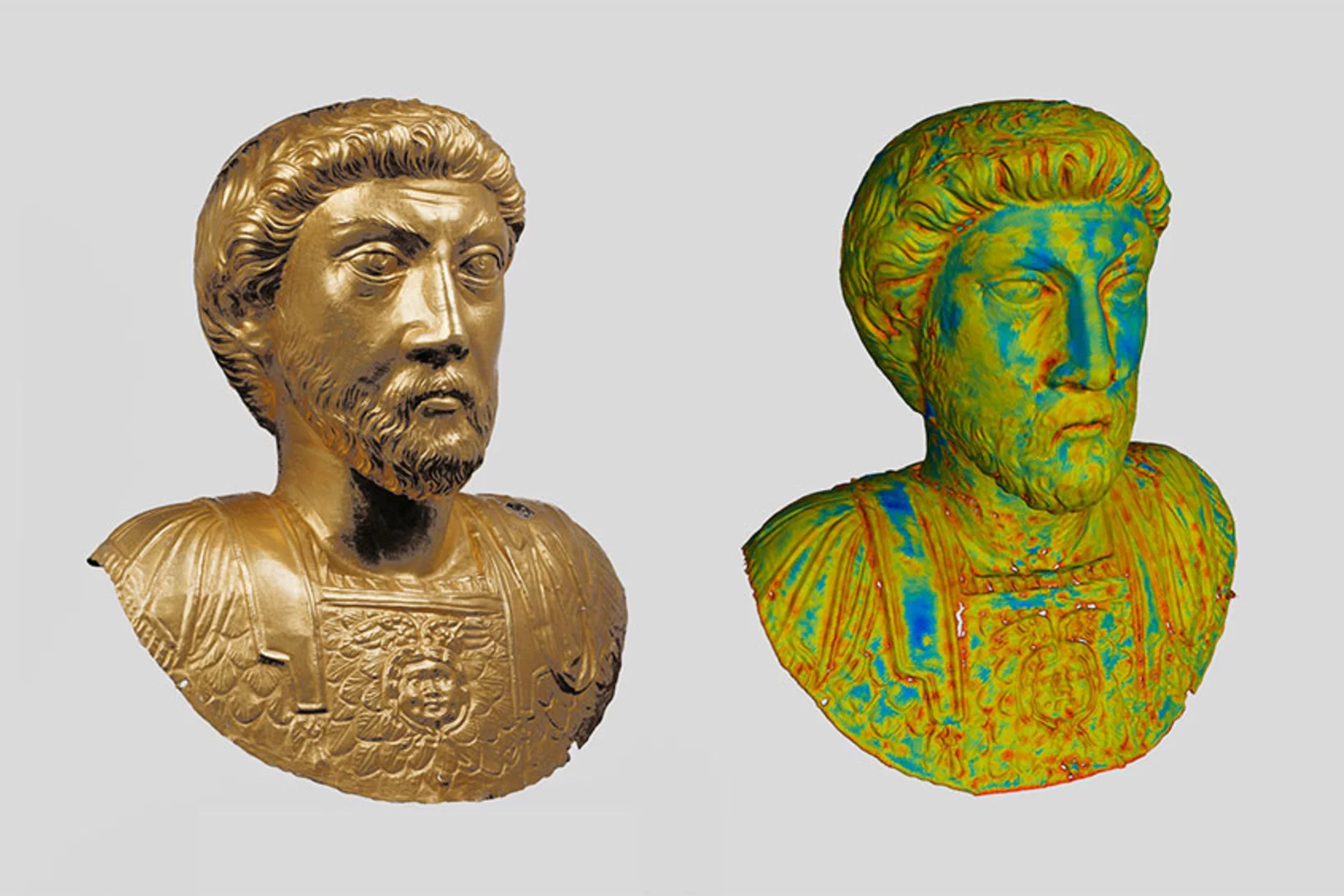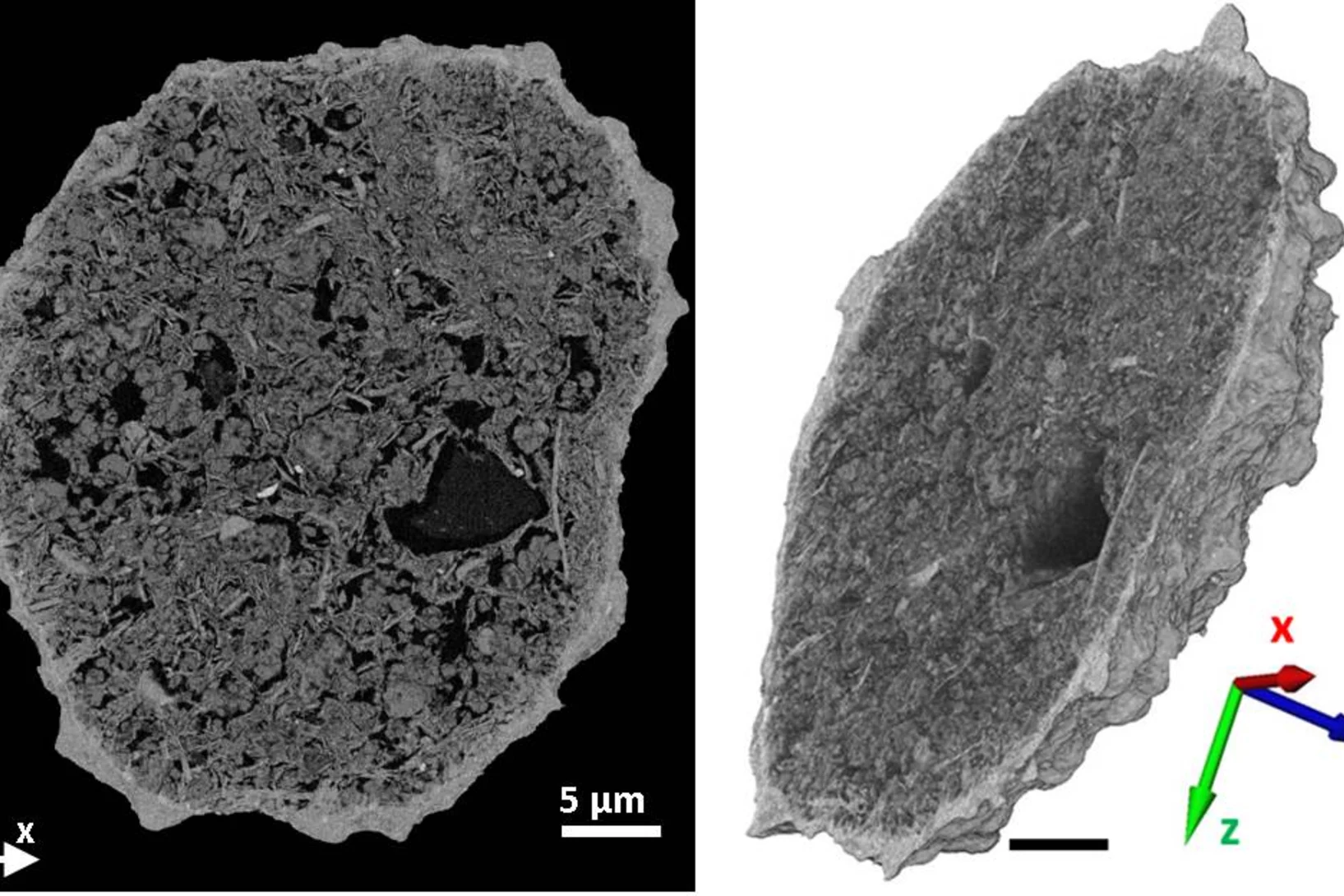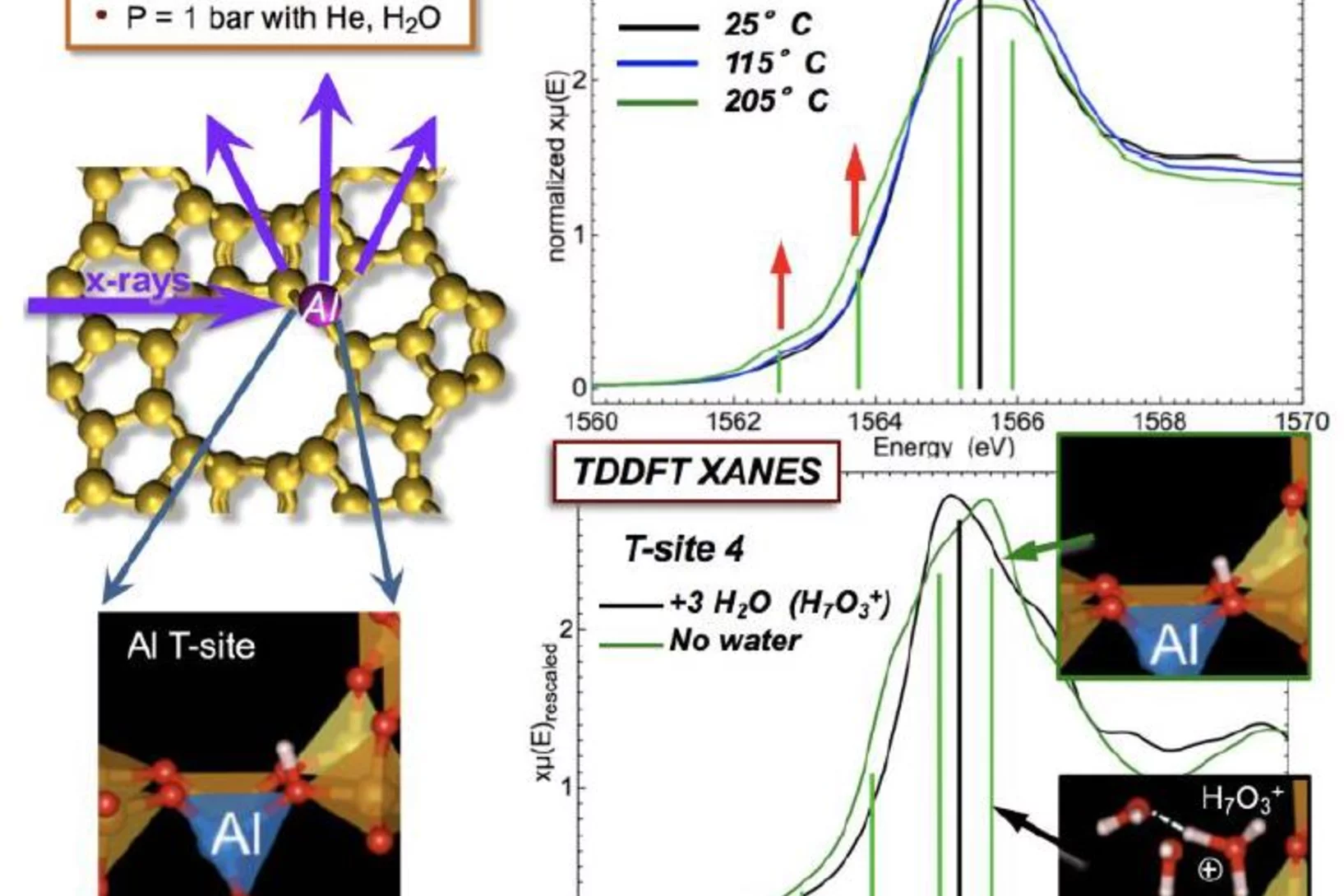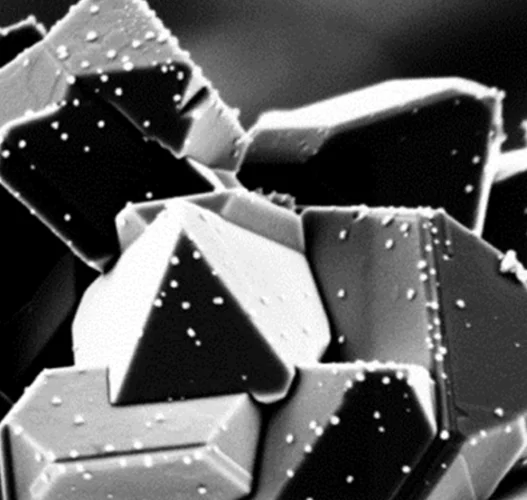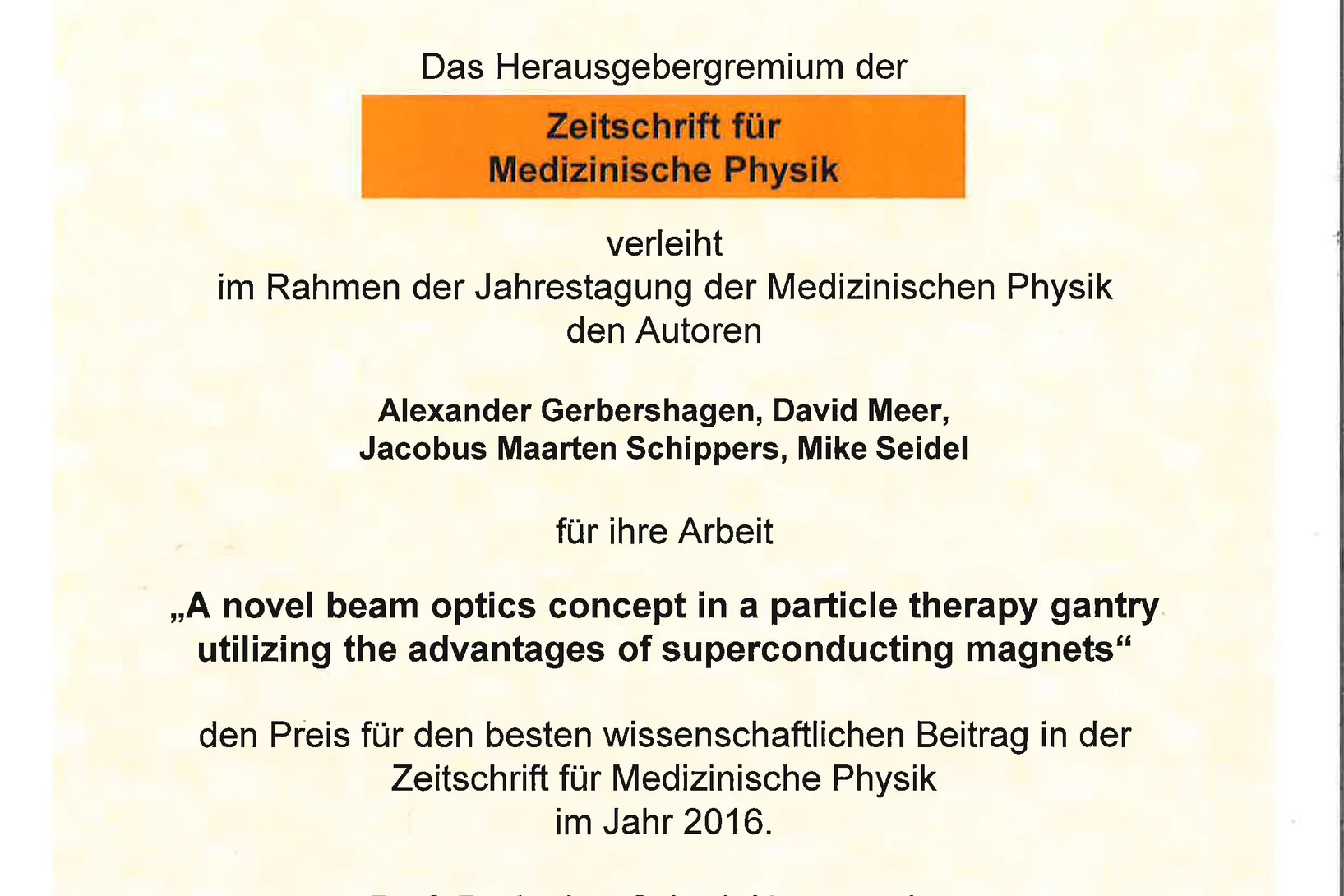A l’Institut Paul Scherrer, les scientifiques cherchent des réponses à la question essentielle des structures élémentaires de la matière et des principes fondamentaux de fonctionnement dans la nature. Ils étudient la structure et les propriétés des particules élémentaires – les plus petits composants de la matière – ou se penchent sur la question de savoir comment les molécules biologiques sont structurées et remplissent leur fonction. Les connaissances qu’ils acquièrent de la sorte ouvrent de nouvelles pistes de solution en sciences, en médecine ou dans le domaine des technologies.
Pour en savoir plus, reportez-vous à Aperçu Fondements de la nature
A null result full of insights
A laboratory-based search for axion dark matter ended, not unexpectedly, without a discovery. It provides, however, valuable constraints for the properties that these hypothetical particles can have — and thus a guide to where to look next.
Search for Axionlike Dark Matter through Nuclear Spin Precession in Electric and Magnetic Fields
We report on a search for ultralow-mass axionlike dark matter by analyzing the ratio of the spin-precession frequencies of stored ultracold neutrons and 199Hg atoms for an axion-induced oscillating electric dipole moment of the neutron and an axion-wind spin-precession effect. No signal consistent with dark matter is observed for the axion mass range 10-24 ≤ ma ≤ 10-17eV.
How ‘super-microscopes’ are changing the face of European science
13 November 2017 – Brussels – 16 organisations representing 19 light sources facilities across Europe gathered to launch the LEAPS initiative and signed an agreement to strengthen their collaboration, in the presence of Robert-Jan Smits, Director General for Research and Innovation (RTD) at the European Commission, and Giorgio Rossi, Chair of the European Strategy Forum on Research Infrastructures (ESFRI).
How ‘super-microscopes’ are changing the face of European science
13 November 2017 – Brussels – 16 organisations representing 19 light sources facilities across Europe gathered to launch the LEAPS initiative and signed an agreement to strengthen their collaboration, in the presence of Robert-Jan Smits, Director General for Research and Innovation (RTD) at the European Commission, and Giorgio Rossi, Chair of the European Strategy Forum on Research Infrastructures (ESFRI).
Signal Noise Analysis in Nuclear Reactors: when the disturbing role of noise becomes valuable
Noise appears in many areas of science, and commonly has an unwanted and disturbing nature by deteriorating signals’ quality. Therefore, various techniques have been developed over the years for separating noise from pure signals. However, noise has a key role in signal analysis of nuclear reactors as its’ appropriate assessment can be used not only for exploring the normal and dynamic behaviour of nuclear cores, but also for identifying and detecting possible anomalies of reactor systems. State of the art methods have been recently implemented within the well-established signal analysis methodology of the STARS program, at the Laboratory for Reactor Physics and Thermal-Hydraulics (LRT), for investigating nuclear reactor noise and getting a better insight on analysing reactors’ operation.
Nationaler Zukunftstag 2017
Das PSI wurde am 9. November von 50 Mädchen und 77 Jungs besucht. Einen halben Tag lang durften sie ihre PSI-Kontaktperson begleiten und deren Berufsalltag kennen lernen. Während dem anderen Halbtag konnten sie zwei der folgenden interessanten und spannenden Stationen besuchen: Physiker/in Strukturbiologe/-biologin Techn. Laborassistent/in Chemie-Ingenieur/in Polymechaniker/in Berechnungs-Ingenieur/in Elektroniker/in Metallograph/in Chemielaborant/in
Un nouveau biorobot
Philipp Spycher, lauréat d'un Founder Fellowship à l'Institut Paul Scherrer PSI, veut utiliser une nouvelle méthode de modification des anticorps pour développer des médicaments plus stables avec moins d’effets secondaires.
Spin Resonance and Magnetic Order in an Unconventional Superconductor
Unconventional superconductivity in many materials is believed to be mediated by magnetic fluctuations. It is an open question how magnetic order can emerge from a superconducting condensate and how it competes with the magnetic spin resonance in unconventional superconductors. Here we study a model d-wave superconductor that develops spin-density wave order, and find that the spin resonance is unaffected by the onset of static magnetic order.
Special interview with Prof. Thomas Lippert and Prof. Tatsumi Ishihara
Special interview with Prof. Thomas Lippert (PSI and Principle Investigator at I2CNER, Kyushu University) and Prof. Tatsumi Ishihara (Associate Director I2CNER, Kyushu University) on Current and Future Energy Research and Development in Europe: Perspectives from Switzerland, Germany and Japan. The interview is being published in the August 2017 issue of the Energy Outlook of the International Institut for Carbon-Neutral Energy Research, I2CNER.
Dorothea vom Bruch successfully defends her Ph.D. thesis on the Mu3e filter farm and MuPix timing behaviour
Dorothea vom Bruch developed and implemented the algorithms for the Mu3e filter farm, showing that just 12 PCs with powerful GPUs are sufficient to reduce over 10 Gbyte/s of data to manageable levels. She also performed detailed studies of the position dependent timing behaviour of the MuPix7 HV-MAPS prototype. She has now successfully defended her thesis in Heidelberg.
Test de résistance réussi
Une technologie développée à l'Institut Paul Scherrer PSI permet de produire à partir de déchets organiques environ 60% de biogaz en plus que les méthodes conventionnelles. Mais peut-elle aussi faire ses preuves dans la pratique? Grâce à un test de 1000 heures conduit à la station d’épuration et de traitement de biodéchets de Werdhölzli, à Zurich, en collaboration avec le fournisseur d’énergie zurichois Energie 360°, il est aujourd’hui possible de répondre à cette question par l’affirmative. L’évaluation de l’essai est à présent disponible.
Magnetic structures take a new turn
The unexpected finding that in an ‘artificial spin ice’ magnetostatic energy can be transformed into directed rotation of magnetization provides fresh insights into such nano-patterned magnetic structures — and might enable novel applications in nanoscale devices.
Emergent dynamic chirality in a thermally driven artificial spin ratchet
Modern nanofabrication techniques have opened the possibility to create novel functional materials, whose properties transcend those of their constituent elements. In particular, tuning the magnetostatic interactions in geometrically frustrated arrangements of nanoelements called artificial spin ice can lead to specific collective behaviour, including emergent magnetic monopoles, charge screening and transport, as well as magnonic response.
The importance of knowing your stripes
A collaboration between three NUM laboratories has found that magnetic ‘stripe order’ in high-temperature superconductors not only co-exists with superconducting order, but might very well be intimately connected with it.
First light in SwissFEL Experimental Station Bernina
Friday, October 20th, 2017, we brought the first light (wavelength 1.2 nm) into the experimental hutch of Bernina.
The beam passed the Alvra endstation, went through the diagnostic devices and hit the diagnostic screen in front of the refocussing KB-system of Bernina.
The upper picture shows the pink beam on the last diagnostic screen of the beamline.
The lower left at the entrance of Bernina-hutch, 133 m downstream of the undulator.
Signatures of the topological s+- superconducting order parameter in the type-II Weyl semimetal Td-MoTe2
In its orthorhombic Td polymorph, MoTe2 is a type-II Weyl semimetal, where the Weyl fermions emerge at the boundary between electron and hole pockets. Non-saturating magnetoresistance and superconductivity were also observed in Td-MoTe2. Understanding the superconductivity in Td-MoTe2, which was proposed to be topologically non-trivial, is of eminent interest.
First light in SwissFEL Experimental Station Bernina
Friday, October 20th, 2017, we brought the first light (wavelength 1.2 nm) into the experimental hutch of Bernina. The beam passed the Alvra endstation, went through the diagnostic devices and hit the diagnostic screen in front of the refocussing KB-system of Bernina. The upper picture shows the pink beam on the last diagnostic screen of the beamline. The lower left at the entrance of Bernina-hutch, 133 m downstream of the undulator. The lower right picture shows the beam centered in the alignment iris in front of the KB-system.
MultiFLEXX - The new multi-analyzer at the cold triple-axis spectrometer FLEXX
The first experimental characterization of a multiple energy analysis wide angle backend for a cold triple-axis spectrometer is reported. The multi-analyzer module MultiFLEXX employs 155 detection channels which simultaneously probe an extensive range in wavevector and energy transfer. Successful mapping of magnetic excitations in MnF2 and Ho demonstrate order of magnitude gains in data collection efficiency using this novel type backend.
Making the world go round - a look into the structure of a prominent heterogeneous catalyst
Fluid catalytic cracking catalysts, which are composite particles of hierarchical porosity, were examined using ptychographic X-ray tomography. These particles are essential to the conversion of crude oil into gasoline. Examination of catalysts at decreasing levels of catalytic conversion efficacy allowed the detection of possible deactivation causes.
Time- and spatially-resolved magnetization dynamics driven by spin-orbit torques
Current-induced spin-orbit torques hold a great potential for manipulation of magnetization at ultrafast timescales. Researchers at ETH Zürich have demonstrated, using time-resolved STXM imaging at the Swiss Light Source, the influence of spin-orbit torques on the switching behaviour of Pt/Co/AlOx nanostructured elements.
Coulomb spin liquid in anion-disordered pyrochlore Tb2Hf2O7
The charge ordered structure of ions and vacancies characterizing rare-earth pyrochlore oxides serves as a model for the study of geometrically frustrated magnetism. The organization of magnetic ions into networks of corner-sharing tetrahedra gives rise to highly correlated magnetic phases with strong fluctuations, including spin liquids and spin ices. It is an open question how these ground states governed by local rules are affected by disorder.
Frustratingly disordered
A study of how disorder affects a ‘frustrated’ magnet reveals a surprising robustness of the underlying quantum many-body state, and provides evidence for emerging quantum phenomena induced by disorder.
Highly Crystalline C8-BTBT Thin-Film Transistors by Lateral Homo-Epitaxial Growth on Printed Templates
Highly crystalline thin films of organic semiconductors offer great potential for high-performance, low-cost flexible electronics. Researchers at IMEC Belgium have developed a new double-step thin film fabrication process that offers higher performance devices. Soft X-ray spectro-microscopy at the Swiss Light Source was used to prove that the increased performance comes from larger areas of material sharing the same molecular orientation.
De l'Empereur doré au Bouddha garni
A l'Institut Paul Scherrer PSI, on radiographie des objets métalliques antiques avec des neutrons. Les chercheurs peuvent ainsi identifier ce qu'ils renferment, la manière dont ils ont été fabriqués et comment les conserver.
Johannes Ihli and co-researchers made it into Nature Communications
Nature Communications will be publishing the paper of Johannes Ihli et al., "A three-dimensional view of structural changes caused by deactivation of fluid catalytic cracking catalysts", in issue 8, article number 809. The paper has already gone online on October 9, 2017.
Tracking the Chemical Transformations at a Zeolite Brønsted Acid Site with Al K-edge XANES
Al T-sites are of crucial importance for the function of zeolite catalysts. These T-sites, which serve as Brønsted acid reaction centers, interact strongly with water. The location of these T-sites and their chemical state in the presence of water were elucidated using x-ray absorption spectroscopy (XAS) at the PHOENIX beamline at the Swiss Light Source of the PSI.
L’importance de l’analyse structurale des biomolécules reconnue et récompensée
Le prix Nobel de chimie 2017 a été décerné au Suisse Jacques Dubochet, à l’Allemand Joachim Frank et au Britannique Richard Henderson pour leurs travaux sur l’analyse structurale des molécules biologiques au moyen de la cryo-microscopie électronique. L’attribution de ce prix souligne l’importance fondamentale de l’analyse structurale des biomolécules pour la biologie moderne. Un domaine dans lequel l’Institut Paul Scherrer PSI joue un rôle de premier plan en Suisse.
First MuPix8 beam test at DESY
We are testing our new large sensor chip, the MuPix8, in the electron beam at DESY, Hamburg. One of the high resolution EUDET telescopes serves as a reference for efficiency and resolution measurements.
Pt nanoparticles: The key to improved stress corrosion cracking mitigation in boiling water reactors
The formation and growth of cracks by stress corrosion cracking (SCC)in reactor internals and recirculation pipes due to the highly oxidising environment is a serious issue in boiling water reactors. At first, SCC mitigation was attempted by injecting H2 into the feed water, where the injected H2 recombines with the H2O2 and O2 to water and reduces the electrochemical corrosion potential, and consequently the SCC susceptibility. Several disadvantages of the injection of high amounts of H2, have led to the development of noble metal additions to the reactor feed water. With injection of a much smaller amount of H2, the noble metal particles of a few nanometres in size, formed in-situ, work as catalysts for the efficient reduction of the oxidizing species formed by radiolysis, and thus lower the ECP and SCC susceptibility.
Best publication
A team of GFA and CPT physicists has worked out a novel achromatic beam optics concept for a proton therapy gantry. The article on the concept in the journal Zeitschrift für Medizinische Physik has been awarded a prize for the best publication in 2016. The jury states: „The paper of Alexander Gerbershagen et al. entitled „A novel beam optics concept in a particle therapy gantry utilizing the advantages of superconducting magnets” describes a new concept of a first order design of the beam optics of a superconducting proton therapy gantry beam. The jury was impressed by the well-structured experimental work with clear improvement of large momentum acceptance in the gantry which opens the possibility of implementation new and faster dose application techniques in proton therapy.”

